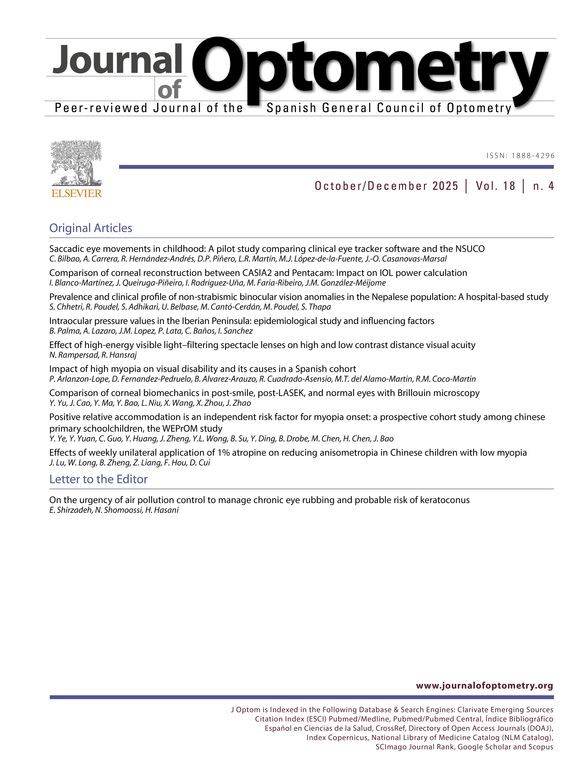Contact lenses are among the fastest progressing topics in optometry and the last decade has seen a number of significant developments occurring in the field. Among these has been the increasing dominance of soft lens materials in the market, albeit with substantial differences between countries. Optical designs have improved, allowing the optimisation of distance vision through the use of aspherics, enhanced range of clear focus with multifocals and more predictable toric designs for astigmatic correction. Silicone hydrogel technology has increased oxygen permeability to the eye, with improved corneal and ocular surface physiology being the result. Due, however, to their mechanical properties, deposition profiles and care system interactions, clinical problems have not been entirely absent, especially with non-compliant wearers. Efforts to eliminate end of day discomfort, a major cause of drop-out, have included incorporating viscous solutions into lens materials, as well as manipulating both multipurpose care solutions and agents within the blister-packaging in which lenses are delivered. Finally, rigid gas permeable (RGP) lenses have exhibited a resurgence, founded on the use of materials with increased oxygen permeability, the development of sclera and semi-scleral designs that can be fitted in a relatively systematic manner, and sophisticated reverse geometry strategies for reduction of refractive error.
As clinicians, we owe it to our patients to remain up-to-date with new developments and adapt our clinical practice based on evaluation of the peer-reviewed literature. In this way the benefits of the best evidence based approaches can be brought into the consulting room. This special issue brings together several such innovations in the contact lens field. Three basic research studies cover the optical design of a contact lens, microbiological testing of a new multipurpose solution and the effectiveness of antibacterial coatings for lens cases, while the performance and lipid deposition of silicone hydrogel lenses, fitting of hydrogel, silicone hydrogel and RGP contact lenses and the indications for use and efficacy of modern scleral lenses are addressed in clinical reports.
Xin Wei and Larry Thibos1 propose the application of a technique termed “ocular wavefront tomography” to contact lens optics to correct off-axis wavefront aberrations, and demonstrate how this can be applied to complex optical designs. This has potential application not only for improving peripheral vision, but also in the diagnostic imaging of the retina and in the ‘hot topic’ of myopia retardation through manipulation of the peripheral optical field. An extensive study of a new soft contact lens multipurpose solution2 shows it is safe and has broad spectrum activity when used in combination with 4 different silicone hydrogel lenses after2–4 weeks of wear and the associated tear deposition. Effectivity under 2× or 4× evaporation was also confirmed, unlike some of the other multipurpose solutions under test.
Another place in which contact lenses can rapidly become contaminated is in the lens case. Willcox et al.3 have assessed the ability of silver-impregnation to inhibit microbial growth in these circumstances and were able to show a dose-related reduction in growth of two bacterial species, as well as Acanthamoeba, on a hydrogel lens.
The Centre for Contact Lens Research in Waterloo, Canada, assess the visual and optical performance of silicone hydrogel lenses in patients with myopia ≥ −3.0D in scotopic conditions.4 Despite differences in the aberrations of the eye/contact lens combinations, no differences in visual performance were evident. The authors acknowledge the need for the development of more precise vision measurements or new metrics related to visual performance, to further understand the clinical significance of optical lens design.
A study from Japan5 also examined several silicone hydrogel contact lenses, investigating deposition after2 weeks of wear. While both lipids and cholesterol levels were similar between lens types, the quantity of deposited phospholipid, which may benefit wettability and hence increase comfort, did differ.
The final two papers examine lens fitting. The first, a hospital based investigation, describes the indications for fitting scleral lenses6 and the resulting visual outcomes. It shows an approximately 80 % success rate across a wide range of corneal disorders, mainly involving irregular corneal surfaces, and provides an excellent alternative to corneal transplantation. Second and last, a paper from Spain retrospectively compares the number of visits and diagnostic lenses required to fit RGPs, hydrogel and silicone hydrogel patients in non-pathological eyes.7 The authors conclude the number of visits and diagnostic lenses required were slightly higher with RGPs and suggest that the results could inform future clinical guidelines for fitting contact lenses.
Articles in this Special Issue of the Journal of Optometry, on recent innovations in contact lenses, will help to keep the reader abreast of the developments in this fast moving field and allow them to incorporate the benefits of these studies into the clinical care of their patients.







